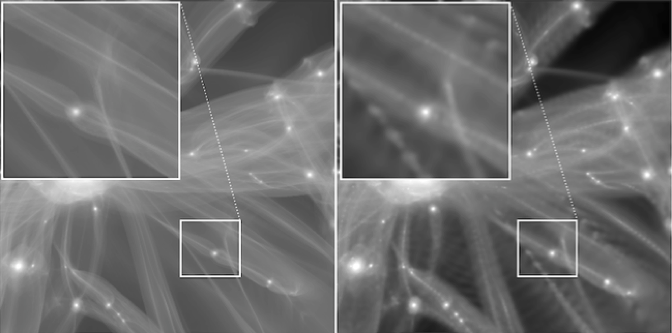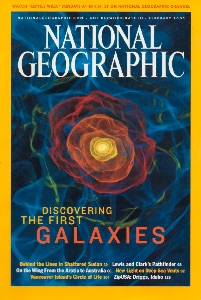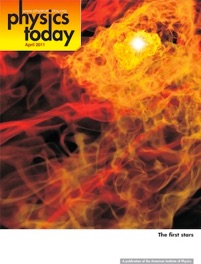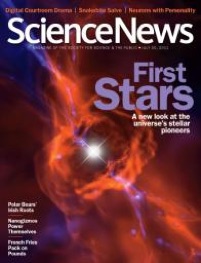Research
How did the Universe came to be the way it is?
What would it look like without dark matter? What will it look like in 100 billion years? What was the very first thing to form in the Universe? When did that happen? We have so many questions in cosmology that we would like to know but cannot calculate using only paper and pencil. Programming supercomputers has become the key tool enabling some of the most challenging questions while developing a deep appreciation of how a large range of physical laws work together in creating the structures around us.
My research broadly concerns itself with discovering how galaxies and stars came to be and how they evolved over time. To answer these questions we develop numerical algorithms that accurately follow how dark matter, gas and radiation interact and form the Universe we see today.
Since 1993 I have particularly focused on what the very first objects in the Universe might be. Our calculations have settled a 30 year debate and convincingly shown that is massive stars that will be the first luminous objects to form in the Universe.
An understanding of the formation of the first luminous objects must involve a wealth of physics, including cosmic expansion, gravity, dark-matter dynamics, hydrodynamics, non- equilibrium chemistry, and radiative processes. The numerical simulations that incorporate all that physics are inherently three dimensional. Moreover, the simulations require an extraordinary dynamic range: The smallest spatial- resolution elements and time steps are minuscule compared to the size of the simulation volume and total time evolved in the calculation. For an overview please read my 2011 Physics Today article.
After we established the predictions on such very bright short lived massive stars our attention focused quickly onto what their radiation may do to their environment. Solving for the effects of radiation on gas is notoriously difficult and we spend a number of years devising new algorithms and testing them on a large range of problems. We finally settled on an adaptive ray tracing technique that is both efficient and highly accurate. This numerical advance allowed us to study the first HII regions as well as the processes that lead to the formation of the first galaxies and address the question whether the first black holes grow rapidly or not.
We, however, also have learned that magnetic fields will grow quickly on small scales and no doubt have an important role in galaxy formation and evolution which again made it important for us to work on efficient and accurate algorithms to at least understand the so called magneto-hydrodynamic behavior of astrophysical plasmas.
With all these tools at or disposal we were ready to tackle another challenging problem in astrophysics. The general understanding of star formation. In particular, we were able to demonstrate that proto-stellar outflows are regulating the star formation process and for the first time created realistic simulations which demonstrate how stars may form over many dynamical time scales of the cloud they form from. We chose to study how stars form in our Galaxy as a wonderful test case for which we actually can observe the outcome and know what a simulation has to produce. Our calculations did well in modeling the observed initial mass function of stars which now give us some hope that we may be able to employ the same methods to study less well known conditions such as the centers of galaxies where supermassive-black holes assemble and grow, regions of globular cluster formation as well as the earliest of galaxies.
In all our calculations it is imperative to include the effects of dark matter correctly. I had an interesting idea of following its evolution in phase space and realized that our standard numerical methods already do part of it. This right away led to a very accurate visualization technique and also new numerical techniques to solve for dark matter dynamics more accurately. That the same techniques can also be applied to collision-less plasmas which play an important role in astrophysics but also in accelerators and space science is an added benefit. We are continuing to further extend these methods and apply them to entirely new applications.
These remain just a few examples of all the things we work on so to get a more comprehensive picture of our work please look at my publications.

Our new method vs. the previous method.


